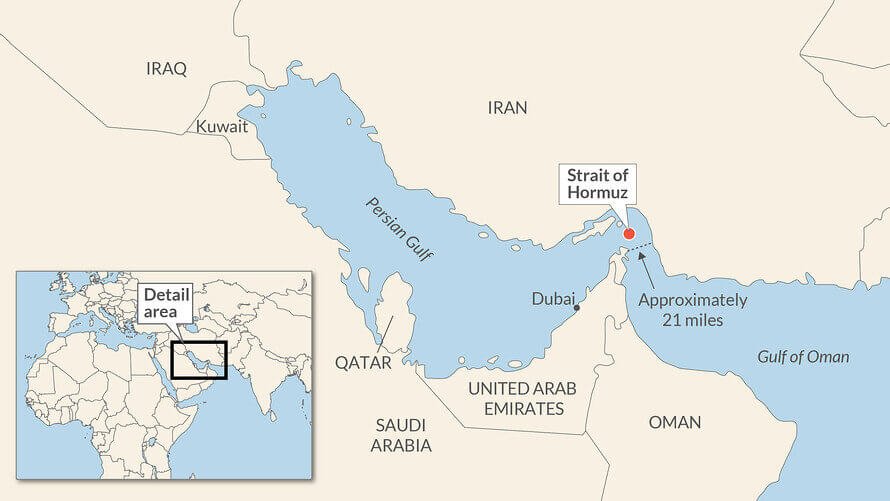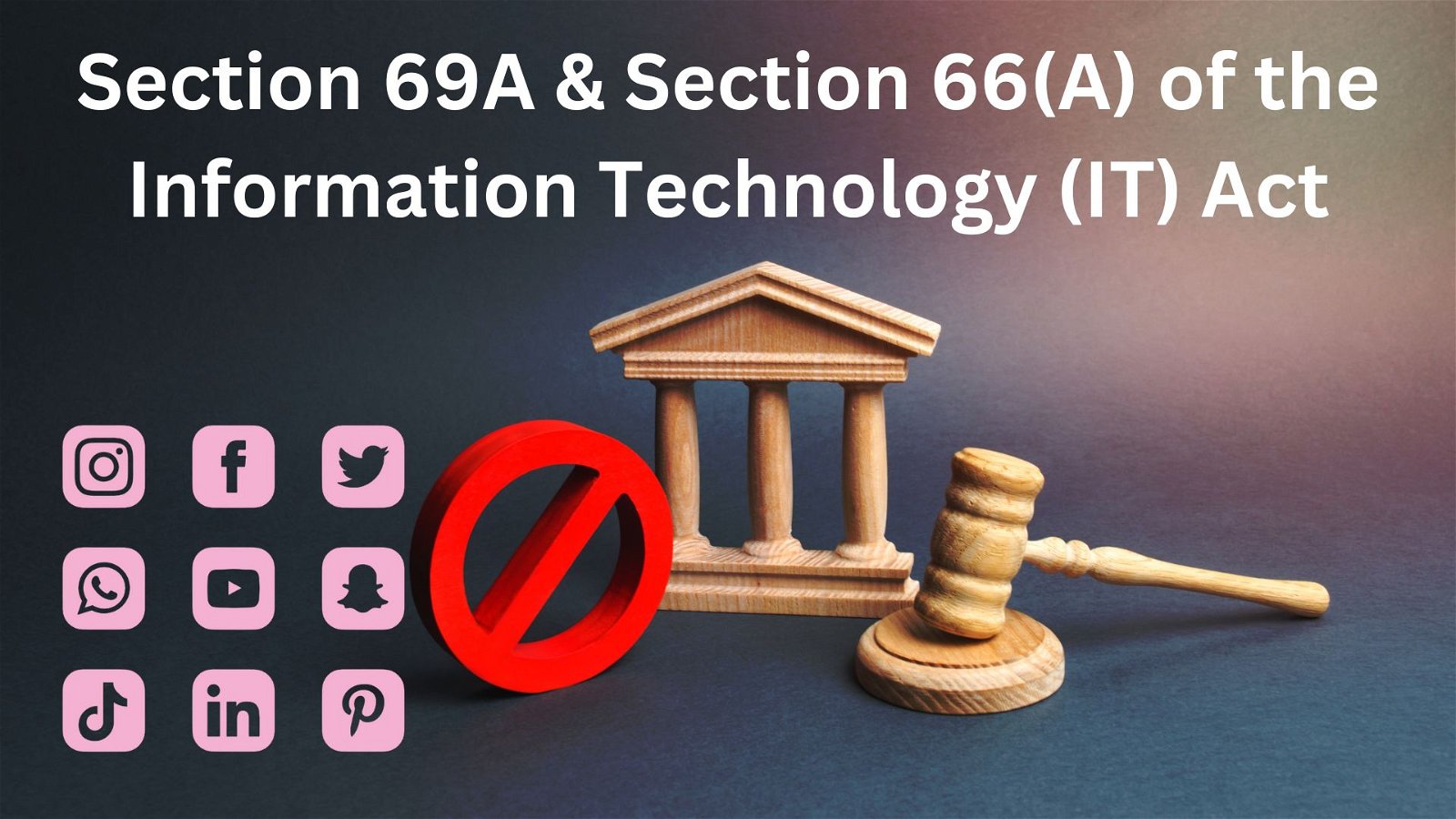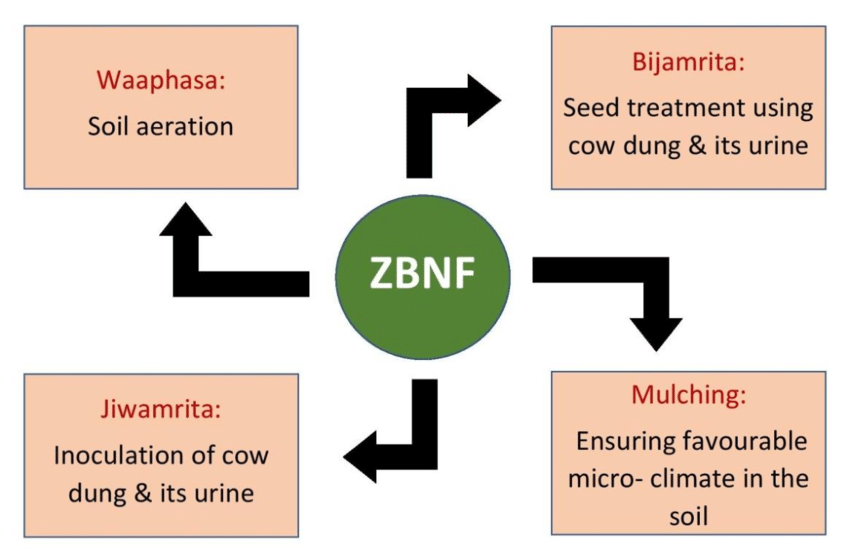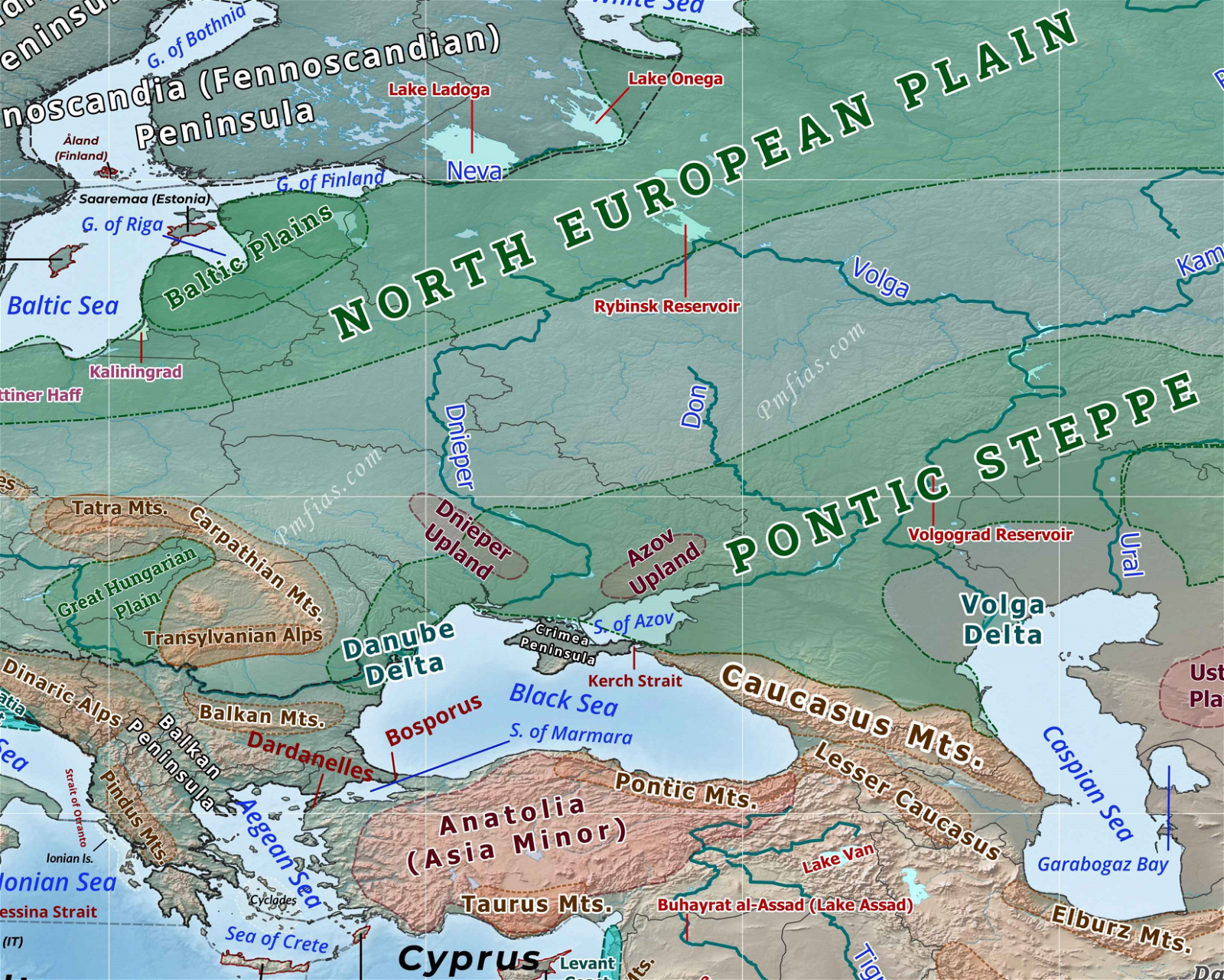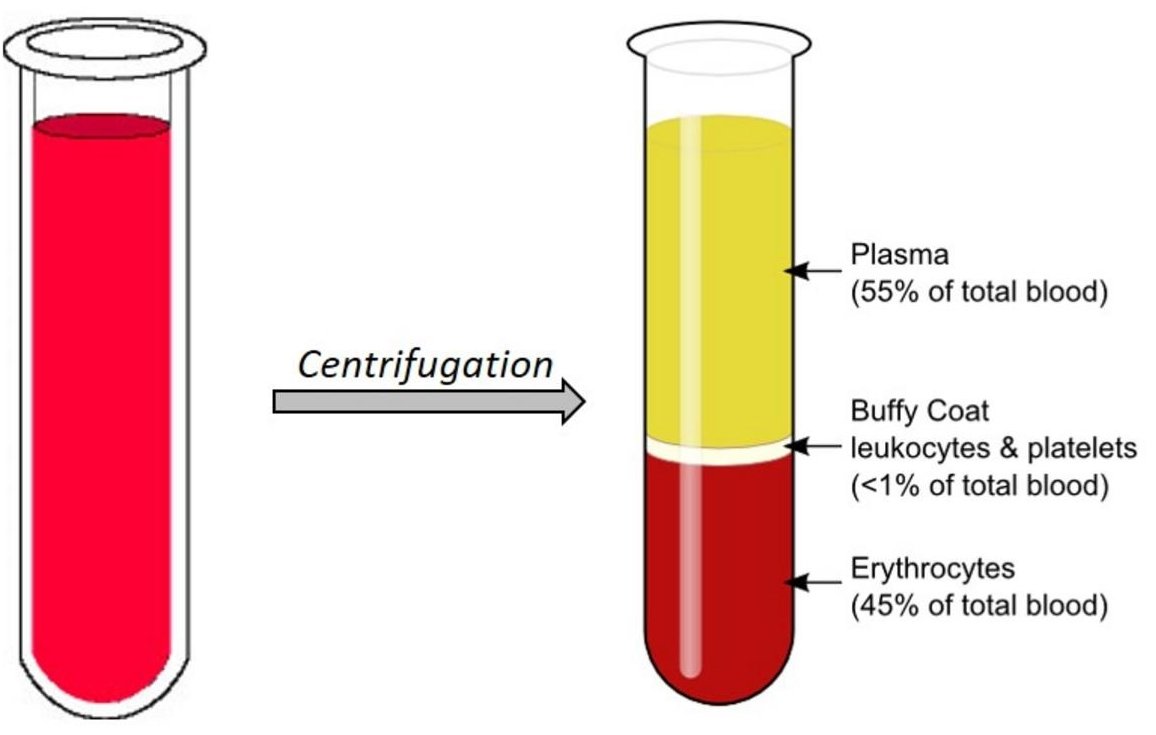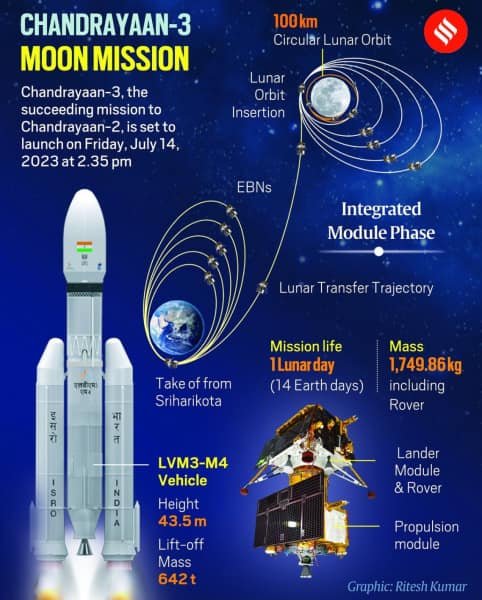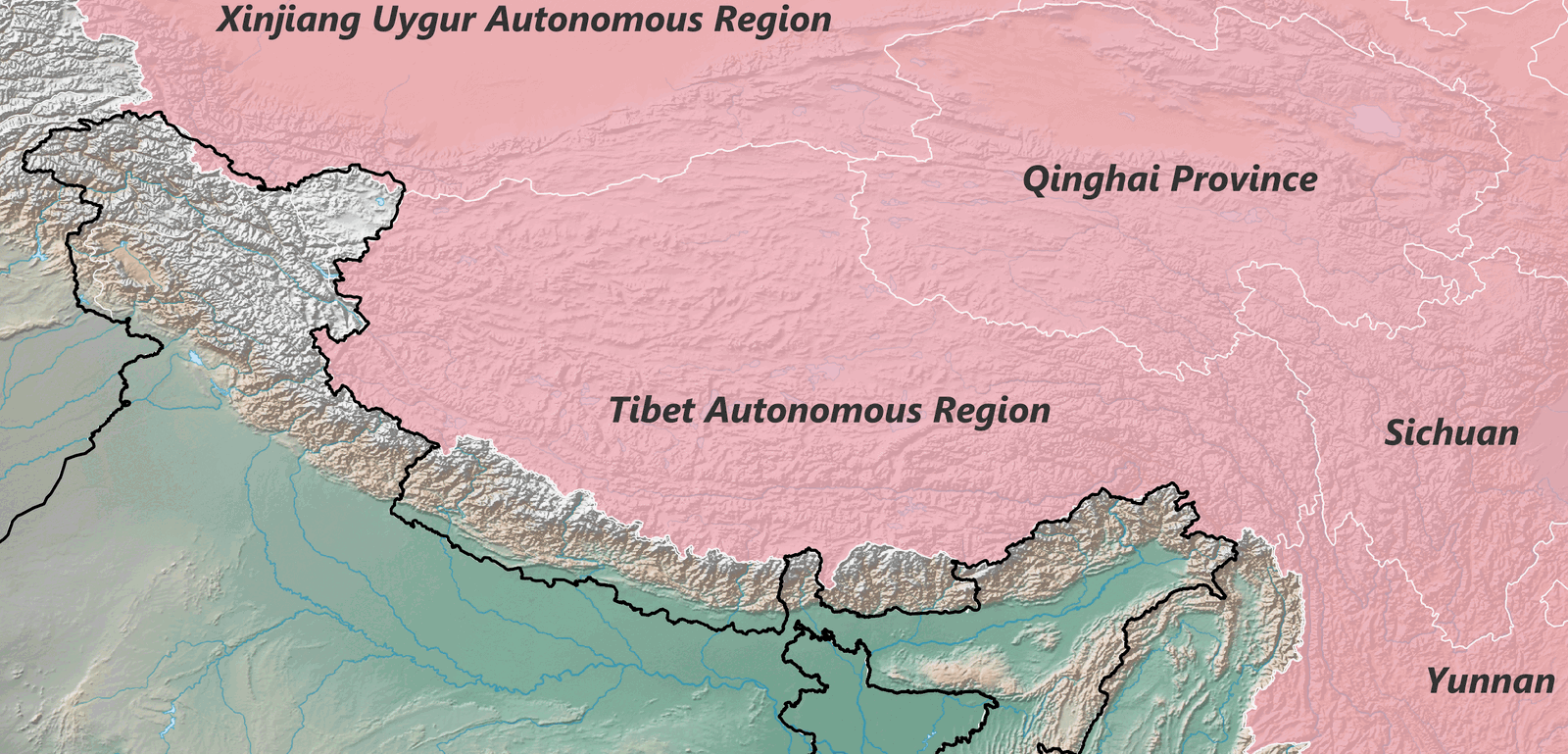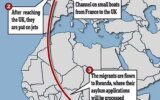
Current Affairs for UPSC Civil Services Exam – March 28, 2024
Subscribers of "Current Affairs" course can Download Daily Current Affairs in PDF/DOC
Subscribe to Never Miss an Important Update! Assured Discounts on New Products!
Must Join PMF IAS Telegram Channel & PMF IAS History Telegram Channel
{GS1 – A&C – Dances} Mohiniyattam
- Context (TH): Kerala Kalamandalam, a renowned institution for arts and culture, has taken a historic step by allowing boys to learn Mohiniyattam, a classical dance form traditionally associated with females.
- Mohiniyattam is a traditional Indian dance form from Kerala. It is named after Mohini, the female avatar of Lord Vishnu.
- Like most other classical Indian dances, Mohiniyattam’s roots can be traced back to Bharata Muni’s Natya Shastra.
- It was initially performed by Devadasis (temple dancers) in Kerala during the reign of the Chera kings (9th to 12th centuries CE).
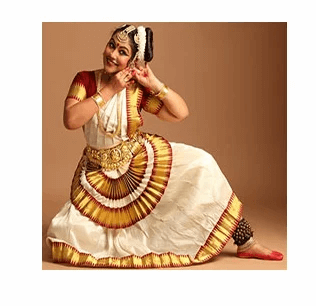
- Further development of Mohiniyattam occurred during the 18th and 19th centuries with patronage from princely states.
- Swathi Thirunal Rama Varma, the Maharaja of the Kingdom of Travancore, significantly contributed to its development and systematization in the early 19th century.
- Mohiniyattam is primarily a solo dance performed by female artists, characterized by graceful, gentle, and feminine movements known as Lasya.
- It combines dancing and singing, often featuring Manipravala songs blending Sanskrit and Malayalam.
- Music for Mohiniyattam is typically Carnatic, with dancers or vocalists performing the recitation.
- The dance is known for its smooth and fluid body movements, avoiding abrupt jerks or leaps.
- It emphasizes hand gestures and subtle facial expressions (Mukhabhinaya) over footwork, with 24 hand gestures derived from the ‘Hastha Lakshana Deepika’.
- Mohiniyattam costumes usually consist of plain white or ivory cream saris adorned with bright gold-laced brocade.
- Musical accompaniments include instruments like the Mridangam, Madhalam, Idakka, flute, Veena, and Kuzhitalam (cymbals).
{GS2 – Governance – Issues} Center affidavit on Rohingyas issue
- Context (NDTV): The Center has given an affidavit in the Supreme Court clarifying its stand on the Rohingya asylum issue in response to a petition urging the release of Rohingya refugees detained for alleged violations of the Foreigners Act.
- Implementation of the Citizenship Amendment Act has also sparked the issue once again.
Center’s stand
- Priority to citizens: India, being a developing nation with the highest population globally, should prioritise its own citizens.
- National security concerns: Illegal entry and stay, obtaining fake/fabricated Indian identity documents, human trafficking, and subversive activities challenge national security.
- No fundamental right to reside with foreigners: While a Foreigner enjoys the right to life and liberty under Article 21, right to reside and settle in the country is exclusively for Indian citizens.
- Altered demography: Border states like Assam & West Bengal are facing demographic changes.
- No ratification of refugee protocols: India has not ratified the 1951 Refugee Convention or its 1967 Protocol. Therefore, it is solely a matter of policy.
- The Indian government has been actively pursuing their repatriation. Since late 2018, India has reportedly deported numerous refugees back to Myanmar.
Who Are the Rohingyas?
- Muslim ethnic minority group residing in predominantly Buddhist Myanmar.
- According to the United Nations, they were systematically denied citizenship in Myanmar since 1982, rendering them stateless and without basic rights.
- The term “Rohingya” emerged in the 1950s as a means for the community to assert its collective identity and historical ties to the region.
- Restrictive citizenship laws and imposed limitations on marriage, family planning, education, and freedom of movement have compounded the community’s suffering.
Escalation Of Violence
- August 2017: Arakan Rohingya Salvation Army (ARSA), a Rohingya insurgent group, launched attacks on Myanmar police and army posts in Rakhine State.
- Brutal crackdown by Myanmar’s military: Characterised by widespread violence, mass killings, and torching of Rohingya villages leading to the crossing of Rohingyas into neighbouring Bangladesh.
Refugee Crisis
- Kutupalong camp in Cox’s Bazaar: Widely regarded as the world’s largest refugee camp in Bangladesh, it is filled with Rohingyas who escaped to avoid atrocities.
- Refugees are also seeking asylum in neighbouring countries such as India, Malaysia and Thailand or entering illegally.
International response
- Condemned Myanmar’s actions, with many labelling it as ethnic cleansing and even genocide.
- United Nations, human rights organisations, and individual countries have called for accountability and justice for the Rohingya.
- Legal actions have been pursued at international courts, including cases at the International Court of Justice (ICJ) and the International Criminal Court (ICC).
- Operation Insaniyat: Launched By India to help Bangladesh overcome the humanitarian crisis due to the large influx of Myanmar refugees.
- Sanctions have been imposed on Myanmar’s military leaders by various nations and organisations.
{GS2 – IR – China} Chinese assistance for Sri Lankan Projects
- Context (TH): China has pledged to provide “assistance to develop” Colombo International Airport and Hambantota port.
- China is the island’s biggest bilateral creditor. It would “assist” Sri Lanka’s restructuring of external debt, a key condition in a $2.9 billion IMF bailout.
- However, China was reluctant to take a haircut on its loans but could extend the tenure and adjust interest rates.
- Earlier in 2022, the IMF and the Sri Lankan authorities agreed on a 48-month arrangement under the Extended Fund Facility (EFF) of about US$2.9 billion.
Background: Sri Lankan Crisis
- Decline in average GDP growth rate: It almost halved after 2013 due to the fall of global commodity prices, slowing down of exports, and rise in imports.
- High budget deficits and Forex erosion: Sustained deficits since the financial crisis of 2008 have led to conditional borrowings from the IMF.
- Tourism decline: The Easter bomb blast (2019) and COVID-19 had shattering effects on Sri Lanka’s tourism economy.
- Organic farming: The complete ban on fertilisers and a 100% organic farming shift overnight led to a decline in food production.
- China’s debt trap: Heavy borrowing and unserviceable debts led to an economic trap in the Sri Lankan economy.
- Due to unserviced debt, the southern sea port of Hambantota was handed to a Chinese state-owned company in 2017 on a 99-year lease for $1.12 billion.
India’s Concerns
- Chinese maritime imprints: The Indian Ocean is facing increased dominance of the Chinese project through its “sting of pearls” policy.
- Decline in exports: Almost halved exports with a major impact on automobile sectors shrank the Indian export market.
- Refugee crisis: With the historical connection between Sri Lanka and Tamil Nadu, India stands as a favoured destination for Sri Lankan refugees.
{GS2 – Polity – IC – State Legislature} ED Arrests Delhi CM
- Context (IE I TH I HT): A Delhi court sent CM Arvind Kejriwal to the Enforcement Directorate’s (ED’s) custody in connection with the excise policy case.
- CM Kejriwal became the first serving CM in the country to be arrested.
- Two cases, one by CBI and one on alleged money laundering being investigated by ED, have been registered in relation to the excise policy.
Can a sitting chief minister be arrested?
No immunity to CM
- Article 361 of the IC: The President of India and governors are immune from civil and criminal proceedings during their term.
- However, this protection doesn’t extend to Prime Ministers and Chief Ministers.
- The Administrator or Lt. Governor (LG) of a Union Territory is not immune under Article 361.
Can an MLA/CM be arrested during the session of the Legislative Assembly?
- Section 135A of the CPC: It exempts members of legislative bodies (Parliament, Legislative Assembly (LA)/Councils, LA of any UT) from arrest and detention under the civil process–
- During the continuance of any meeting of such House of Parliament or, as the case may be, of the Legislative Assembly or the Legislative Council
- During the continuance of any meeting of such committee,
- During the continuance of a joint sitting, meeting, conference or joint committee of the Houses of Parliament or Houses of the State Legislature, as the case may be,
- During the forty days before and after such meeting, sitting or conference.
- However, there is no exemption as such for criminal processes.
- MP or MLA/MLC does not enjoy any immunity from being arrested in a criminal case, during the session, or otherwise.
Privileges for MPs and MLAsMember of Parliament
Members of the Legislative Assembly
|
Can a chief minister run for office from behind bars?
Legal Framework
- Section 8 of the Representation of the People Act, 1951: According to the law, a Chief Minister can only be disqualified or removed from office when convicted in any case.
- In the case of Arvind Kejriwal, he has not been convicted yet.
- The Chief Minister can lose the top job under only three conditions –
- Loss of majority support in the assembly.
- Through a successful No-Confidence Motion against the government.
- He resigns from the position.
Basic Norms for Holding Public Office
- Manoj Narula versus Union of India Case, 2014: The SC mentioned that basic norms for holding a public office include constitutional morality, good governance, and constitutional trust.
- Public officials are expected to act in a manner consistent with these principles.
- The citizens expect persons in power to uphold high standards of moral conduct.
- This expectation is particularly high for CM, which is seen as the repository of public faith.
Practical Difficulties of Functioning from Jail
- They may face restrictions on accessing official documents or communicating with government officials.
- There may also be questions about whether they can effectively fulfil their duties while in custody.
S. Ramachandran versus V. Senthil Balaji Case, 2023
- Even if it’s technically possible for a CM to run the government from jail, there may be concerns about the legitimacy and effectiveness of their leadership under such circumstances.
- The HC raised the question of whether an individual should receive a salary from the public purse while occupying a public office without performing any associated duties.
President’s Rule
- The Lieutenant Governor can report to the President to suspend the operation of Article 239AA, which governs Delhi, if the LG is satisfied that:
- “A situation has arisen in which the administration of the National Capital cannot be carried on in accordance with Article 239AA” or
- “It is necessary and expedient to do so for the proper administration of National Capital Territory.”
- He can cite the ‘failure of constitutional machinery in the state,’ a strong reason for the President’s rule in Delhi under Article 239AB of the IC.
- The President’s rule will bring that national capital under the Union government’s direct control.
Enforcement Directorate
- The ED is a multi-disciplinary organisation mandated to investigate offences of money laundering and violations of foreign exchange laws.
- The Enforcement Directorate was established in the year 1956 as an ‘Enforcement Unit’ under the Department of Economic Affairs.
- Later, in 1957, this Unit was renamed as ‘Enforcement Directorate’.
- It functions under the Department of Revenue of the Ministry of Finance.
Structure
Headquarters
- ED, which has its headquarters in New Delhi and is headed by the Director of Enforcement.
- Five regional offices are located in Mumbai, Chennai, Chandigarh, Kolkata, and Delhi.
Recruitment
- Recruitment of the officers is done directly and by drawing officers from other investigation agencies.
- It comprises IRS (Indian Revenue Services), IPS (Indian Police Services), and IAS (Indian Administrative Services) officers, such as income tax officers, excise officers, customs officers, and police.
Tenure
- Two years, but directors’ tenure can be extended from two to five years by giving three annual extensions.
- The Delhi Special Police Establishment (DSPE) Act, 1946 (for ED) and the Central Vigilance Commission (CVC) Act, 2003 (for CV Commissioners) have been amended to keep the two chiefs for one year after they have completed their two-year terms.
Functions
Conservation of Foreign Exchange and Prevention of Smuggling Activities Act, 1974 (COFEPOSA)
- The Directorate is empowered to sponsor cases of preventive detention regarding contraventions of FEMA.
Foreign Exchange Management Act, 1999 (FEMA)
- ED has been given the responsibility to investigate suspected contraventions of foreign exchange laws and regulations, adjudicate, and penalise those adjudged to have contravened the law.
Prevention of Money Laundering Act, 2002 (PMLA)
- It has been entrusted to conduct investigation to trace proceeds of crime, provisionally attach the property, ensure prosecution of the offenders, and confiscation of the property by the Special court.
Fugitive Economic Offenders Act, 2018 (FEOA)
- The ED is mandated to attach the properties of the fugitive economic offenders who have escaped from India warranting arrest and provide for the confiscation of their properties.
{GS3 – Agri – Crops} Mushk Budji Rice
- Context (TH): Researchers have studied the flavour profile of Mushk Budiji using gas chromatography-mass spectroscopy (GC-MS) and an ‘electronic nose’.
- 35 volatile organic compounds (VOCs) were identified in Mushk Budiji rice samples.
- The aromatic compound Acetyl-1-pyrroline (2-AP) was found only in samples collected from higher altitudes.
- Mushk Budji rice is a short, bold, aromatic rice variety.
- It is grown in the higher reaches of the Kashmir valley.
- The cooked rice possesses a harmonious blend of taste and rich aroma.
- It stands out for its unique flavour and sensory qualities.
- It has received the Geographical Indication (GI) Tag.
|
{GS3 – IE – Securities} Meme Coins
- Context (BS): Meme coins, a unique category of cryptocurrencies, have gained significant popularity in the digital currency space.
- Also known as ‘memetic tokens’ or ‘community coins’, meme coins are digital currencies created as a form of satire or humorous tribute to the internet culture.
- These coins trace their origin to the growth of meme culture on the internet.
- They often feature quirky names, logos, and branding that reference popular memes, jokes, or internet phenomena.
- Unlike traditional cryptocurrencies such as Bitcoin or Ethereum, meme coins are characterised by their lighthearted and often comedic nature, designed to go viral and be shared widely.
- Popular meme coins: Dogecoin, Shiba Inu, Bonk, Pepe, Floki etc.
Key Characteristics of Meme Coins
- Meme coins are subject to extreme changes in value over short periods, driven by the current buzz surrounding the token, making them risky investments.
- They typically have a massive or uncapped supply, leading to very low values per token.
- These coins leverage blockchain technology, often utilising smart contracts on platforms like Ethereum and Solana.
- Creating a meme coin is relatively easy compared to traditional cryptocurrencies.
- With the proliferation of blockchain platforms and decentralized finance (DeFi) tools, virtually anyone can launch a meme coin with minimal technical expertise and resources.
Pros and Cons of Meme Coins
| Pros | Cons |
|
|
{GS3 – IS – Issues} Piracy in Middle East | Anti-Piracy Act, 2022
- Context (TH): The Navy Chief said the new Maritime Antipiracy Act, 2022, has been a “great enabler” and is one reason for the Indian Navy’s success during Operation Sankalp.
- The Anti-Maritime Piracy Act provides an effective legal instrument to combat Maritime Piracy.
- Recently, Operation Sankalp completed 100 days in the Gulf of Aden, the North Arabian Sea and the East Coast of Somalia.
Need for the ACT
- To provide prevention of maritime piracy and prosecution of persons for such piracy-related crimes.
- The security of sea lanes of communication is critical as more than 90% of India’s trade takes place by sea routes, and more than 80% of the country’s hydrocarbon requirements are sea-borne.
- India’s sovereignty extends to its territorial waters (up to 12 nautical miles from the coastline), which implies that all domestic laws of the country apply in this zone.
- However, prosecuting pirates who are apprehended beyond these territorial waters was a challenge because India did not have a domestic law on maritime piracy.
- Certain acts of piracy in the EEZ were covered under the Suppression of Unlawful Acts Against Safety of Maritime Navigation and Fixed Platforms on Continental Shelf Act (SUA Act), 2002.
- However, the SUA Act of 2002 did not cover all acts of piracy as defined under UNCLOS.
- The SUA Act, 2002, does not cover theft that does not endanger the safety of a ship in the EEZ. However, it would qualify as piracy under UNCLOS and this Act.
Provisions of the Act
Definition of Piracy
- Any illegal act of violence, detention, or destruction committed against a ship, aircraft, person or property by the crew or passengers of a private ship or aircraft for private purposes.
- Such acts may be carried out on the high seas (beyond India’s Exclusive Economic Zone) or anywhere outside India’s jurisdiction.
- Inciting or intentionally facilitating such acts would also qualify as piracy.
- It includes any other act that is considered piratical under international law.
- Piracy also includes voluntary participation in the operations of a pirate ship or aircraft used for piracy.
Definition of ship
- Defines ship as (i) vessel or watercraft, and (ii) seaplanes and other aircraft capable of being used as means of transportation in water.
Applicability of the Bill
- The Bill will apply to the high seas, which include the EEZ and all waters beyond the jurisdiction of any state (country other than India).
Penalties
- An act of piracy will be punishable with:
- Imprisonment for life; or
- Death, if the act of piracy causes or attempts to cause death.
- An attempt to commit, aid, support, or counsel an act of piracy will be punishable with up to 14 years of imprisonment and a fine.
- Participating in, organising, or directing others to participate in an act of piracy is also punishable by up to 14 years of imprisonment and a fine.
- Offences will be considered extraditable. This means that the accused can be transferred to any country for prosecution, with India having signed an extradition treaty.
- In the absence of such treaties, offences will be extraditable on the basis of reciprocity between the countries.
Jurisdiction of the Courts
- The GoI, in consultation with the Chief Justice of the concerned High Court, may notify Sessions Courts as the Designated Courts under this Bill.
- The Designated Court will try offences committed by:
- A person in the custody of the Indian Navy or Coast Guard, regardless of his nationality.
- A citizen of India, a resident foreign national in India, or a stateless person.
- The Court will not have jurisdiction over offences committed on a foreign ship unless an intervention is requested by:
- The country of origin of the ship.
- The ship-owner.
- Any other person on the ship.
- Warships and government-owned ships employed for non-commercial purposes will not be under the jurisdiction of the Court.
Power to carry out arrest and seizure on grounds of suspicion
- Only authorised personnel may carry out arrest and seizure.
- These personnel include:
- Officers and sailors assigned to warships or military aircraft of the Indian Navy or
- Officers and enrolled persons of the Coast Guard,
- Officers of the central or state government are authorised to operate any ship or aircraft.
- It adds that Authorised Personnel may carry out arrest and seizure on the grounds of suspicion.
Critical Challenges in the Bill
Death Penalty
- Under the Bill, if a person, while committing an act of piracy, causes or seeks to cause death, he will be punished with death. This implies a mandatory death penalty for such offences.
S.C on mandatory Death Penalty
- Provisions that impose a mandatory death penalty are arbitrary and unfair as they violate Articles 14 and 21 of the IC.
- Such Provisions fail to take into account the facts and circumstances of each case and deny courts their right to exercise their discretion on whether to impose a death sentence.
Instances where the Court has struck down such provisions
- Section 303, Indian Penal Code, 1860, which provided for mandatory death sentence for offenders who murdered while serving a life sentence, and
- Section 27(3), Arms Act, 1959, which provided for a mandatory death penalty for the usage of prohibited arms resulting in the death of a person.
Laws passed by Parliament that provide for mandatory death penalty
- Scheduled Castes and Scheduled Tribes (Prevention of Atrocities) Act, 1989 (SC/ST Act).
- SUA, Act, 2002.
- The Anti-Hijacking Act, 2016.
Specific actions may fall under different offences and have differing penalties
- Certain circumstances may overlap; it is unclear how the punishment would be determined in such cases.
- It provides for imprisonment of up to 14 years, along with a fine, if a person aids, assists, participates, organises, or directs another person to participate in an act of piracy.
- Committing an act of piracy (which includes voluntarily participating in the operation of a pirate ship or aircraft) is punishable by life imprisonment.
- ‘Committing an act of piracy’ and ‘Participating in an act of piracy’ could have the same interpretation.
- Assisting and aiding piracy may be similar to intentionally facilitating piracy or voluntarily participating in the operation of a pirate ship.
Geographical applicability of the Act
- The Act will apply to all parts of the sea adjacent to and beyond the limits of India’s Exclusive Economic Zone (EEZ), i.e., beyond 200 nautical miles from the coastline.
- The question is whether the Act should also cover the EEZ, that is, the area between 12 nautical miles and 200 nautical miles (from the coastline of India).
- UNCLOS states that provisions relating to piracy should apply to both the EEZ and the high seas.
- The geographic scope of the Piracy Bill, 2012 (which has lapsed) also extended to the EEZ.
Operation Sankalp
- The Indian Navy launched ‘Operation Sankalp’ in the Persian Gulf and the Gulf of Oman to ensure the safety and security of the Indian vessels transiting through the Strait of Hormuz.
- The Indian Navy commenced Maritime Security Operations after the attacks on merchant ships in the Gulf of Oman in June 2019.
- Indian Navy Ships INS Chennai and INS Sunayna were deployed to undertake maritime security operations in the Gulf of Oman and the Gulf of Persia.
- Aerial surveillance of Indian Naval aircraft is also being carried out in the region.
- The Information Fusion Center-Indian Ocean Region also closely monitors ship motion in the Gulf region.
Persian Gulf
Gulf of Oman
Strait of Hormuz
|
- Under Op Sankalp, the Indian Navy also conducts maritime security operations in three areas, viz the Gulf of Aden and adjoining areas, the Arabian Sea, and off the East Coast of Somalia.
Gulf of Aden
|
United Nations Convention on the Law of the Sea (UNCLOS)
- It replaced the Quad Treaty 1958 Convention on the High Seas.
- The UNCLOS, 1982, is an international agreement that establishes the legal framework for marine and maritime activities.
- It is also known as the Law of the Sea.
- India signed the Convention in 1982 and ratified that in 1995.
- The non-parties to UNCLOS are- The United States, Colombia, Israel, Peru, Turkey and Venezuela.
- It defines the rights and responsibilities of nations concerning the use of the world’s oceans.
- It proposes the notion that all ocean and sea problems are closely interrelated and need to be addressed as a whole.
- It is the only international convention that stipulates a framework for state jurisdiction in maritime spaces and provides different legal statuses to maritime zones.
Freedom of Navigation Operations (FONOPS)
USA’s Arguments for Conducting FONOPs
|
Different Maritime Zones under UNCLOS
- It divides marine areas into five main zones, namely-
- Internal Waters,
- Territorial Sea,
- Contiguous Zone,
- Exclusive Economic Zone (EEZ) and
- The High Seas.
Baseline
- It is the low-water line along the coast, which is officially recognised by the coastal state.
Internal Waters
- Internal waters are waters on the landward side of the baseline from which the breadth of the territorial sea is measured.
- Each coastal state has full sovereignty over its internal waters, as does its land territory.
- Examples of internal waters include bays, ports, inlets, rivers, and even lakes connected to the sea.
- There is no right to innocent passage through internal waters.
- The innocent passage refers to passage through waters that are not prejudicial to peace and security. However, nations have the right to suspend it.

Archipelagic waters
- If the country is an archipelago or has an archipelago under it, a baseline is drawn between the outermost points of the islands, provided that these islands are close to each other.
- All water inside this is called Archipelagic Water.
- The state has full sovereignty over these waters, and foreign vessels are allowed to pass innocently through archipelagic waters.

Territorial Sea
- The territorial sea extends seaward up to 12 nautical miles (nm) from its baselines.
- A nautical mile is based on the circumference of the earth and is equal to one minute of latitude.
- It is slightly more than a land-measured mile (1 nautical mile = 1.1508 land miles or 1.85 km).
- The coastal states have sovereignty and jurisdiction over the territorial sea.
- These rights extend to the surface, seabed, subsoil, and even airspace.
- But the coastal states’ rights are limited by the innocent passage through the territorial sea.
Contiguous Zone
- The contiguous zone extends seaward up to 24 nm from its baselines.
- It is an intermediary zone between the territorial sea and the high seas.
- The coastal state has the right to both prevent and punish infringement of fiscal, immigration, sanitary, and customs laws within its territory and territorial sea.
- The contiguous zone only gives jurisdiction to a state on the ocean’s surface and floor and does not provide air and space rights.
Exclusive Economic Zone (EEZ)
- Each coastal State may claim an EEZ beyond and adjacent to its territorial sea that extends seaward up to 200 nm from its baselines.
- Within its EEZ, a coastal state has:
- Sovereign rights to explore, exploit, conserve, and manage natural resources, whether living or non-living, of the seabed and subsoil.
- Rights to carry out activities like the production of energy from the water, currents and wind.
- Unlike the territorial sea and the contiguous zone, the EEZ only allows for the resource mentioned earlier rights.
- It does not give a coastal state the right to prohibit or limit freedom of navigation or overflight, subject to minimal exceptions.
High Seas
- The ocean surface and the water column beyond the EEZ are referred to as the high seas.
- It is considered as “the common heritage of all mankind” and is beyond any national jurisdiction.
- States can conduct activities in these areas for peaceful purposes, such as transit, marine science, and undersea exploration.

{Prelims – In News} Hurun Global Rich List, 2024
- Context (IE): The latest Hurun Research Institute report, the Hurun Global Rich List for 2024, was released recently.
Highlights
- In 2023, India gained 94 new billionaires, second only to the US.
- Now, India has a total of 271 billionaires. (An individual with $1 billion in wealth is a billionaire.)
- Indian billionaires collectively own $1 trillion, which is 7% of total wealth.
- The dominant industries among Indian billionaires are pharmaceuticals (39), automobile & auto components (27), and chemicals (24).
- Mumbai saw the highest growth in billionaires globally, adding 26 in a year to a total of 92 billionaires. This positions Mumbai as the third-largest billionaire hub worldwide and Asia’s top billionaire city.
- New York leads globally with 119 billionaires, followed by London with 97.
- Beijing fell from first to fourth place with 91 billionaires, just three fewer than India’s total. China is still the world capital for billionaires, with as many as 814.

{Prelims – PIN India} Nimmu-Padam-Darcha Road
- Context (TH | HT): The Border Roads Organisation (BRO) recently completed the strategic Nimmu-Padam-Darcha road in Ladakh.
- The Nimmu–Padum–Darcha road (NPDR) (298km), also known as the Zanskar Highway, will connect Manali to Leh through Darcha and Nimmu on Kargil – Leh Highway.
- It connects Nimmu in the Indus Valley to Padum in Zanskar and Darcha village in Lahul and Spiti.
- The road is now the third axis apart from Manali-Leh and Srinagar-Leh which connects Ladakh to the hinterland.
- It serves as an alternative to the Leh–Manali Highway, enhancing connectivity between Ladakh and the rest of India.
- It aims to provide all-weather connectivity and shorten the Manali to Kargil distance by 522 km.
- The Nimmu-Padam-Darcha Road derives its strategic importance from the fact that it is not only shorter vis-a-vis the other two axes, but crosses only one pass; Shinkun La.

Border Roads Organisation
|




![PMF IAS Environment for UPSC 2022-23 [paperback] PMF IAS [Nov 30, 2021]…](https://pmfias.b-cdn.net/wp-content/uploads/2024/04/pmfiasenvironmentforupsc2022-23paperbackpmfiasnov302021.jpg)
